I would buy this wristband if it wasn t for one important problem. Garmin Vivosmart 4 - review

He can 90% what a smartwatch costs incomparably less from a smartwatch. I spent a month with the Garmin Vivosmart 4 band and I want to talk about it.
After I spent some time with Garmin Vivoactive 4 and Garmin Fenix 6 Pro , I was very curious how much I would lose putting on my wrist a much cheaper, but also function-less band.
I was strongly encouraged to buy Xiaomi Mi Band 4. This cheap band turned out to be surprisingly useful. And I thought that if a Chinese product can do so much, how much will a solid band integrated into the Garmin ecosystem be able to do?
The choice fell on the Vivosmart 4 model , which costs, depending on the store, from 500 to 565 PLN. After spending a month with this wristband, I can say that there is only one thing that stops me from buying.
What can Garmin Vivosmart 4 do ?

First of all, it can not be conspicuous. The band is barely 15 mm wide and 10.5 mm thick, so it literally disappears on the wrist. The strap is incredibly flexible and I haven't noticed for a month that it irritated my skin anyway (and I wore a non-stop band, just pulling it off for charging). As a result, I was able to wear the band 24/7, monitor my sleep, take a bath in it, play sports and in no situation was it an obstacle.
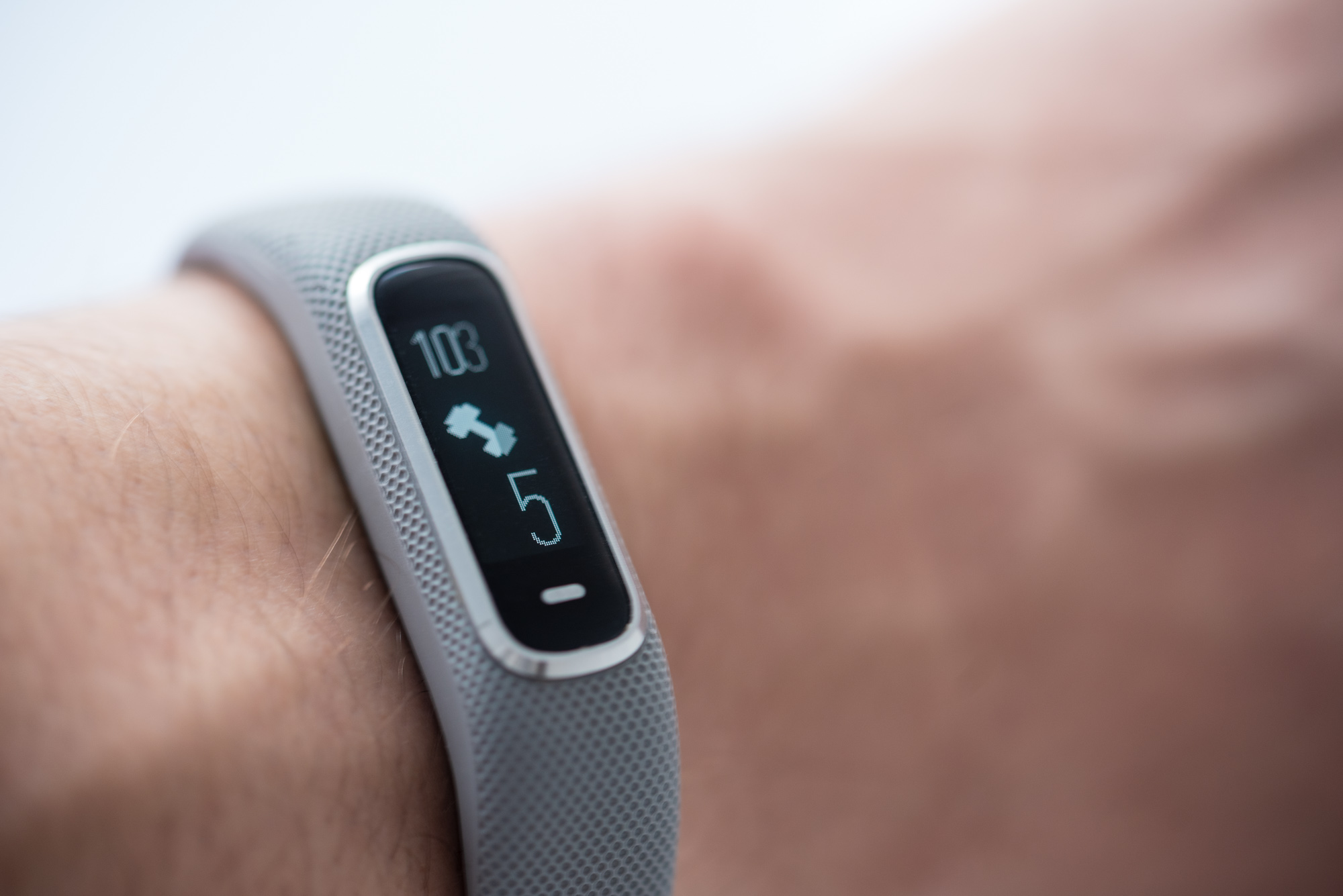
Unlike larger watches, Vivosmart 4 never once caught me on anything, because its thickness is very moderate, and the band adheres perfectly to my medium-sized wrist.
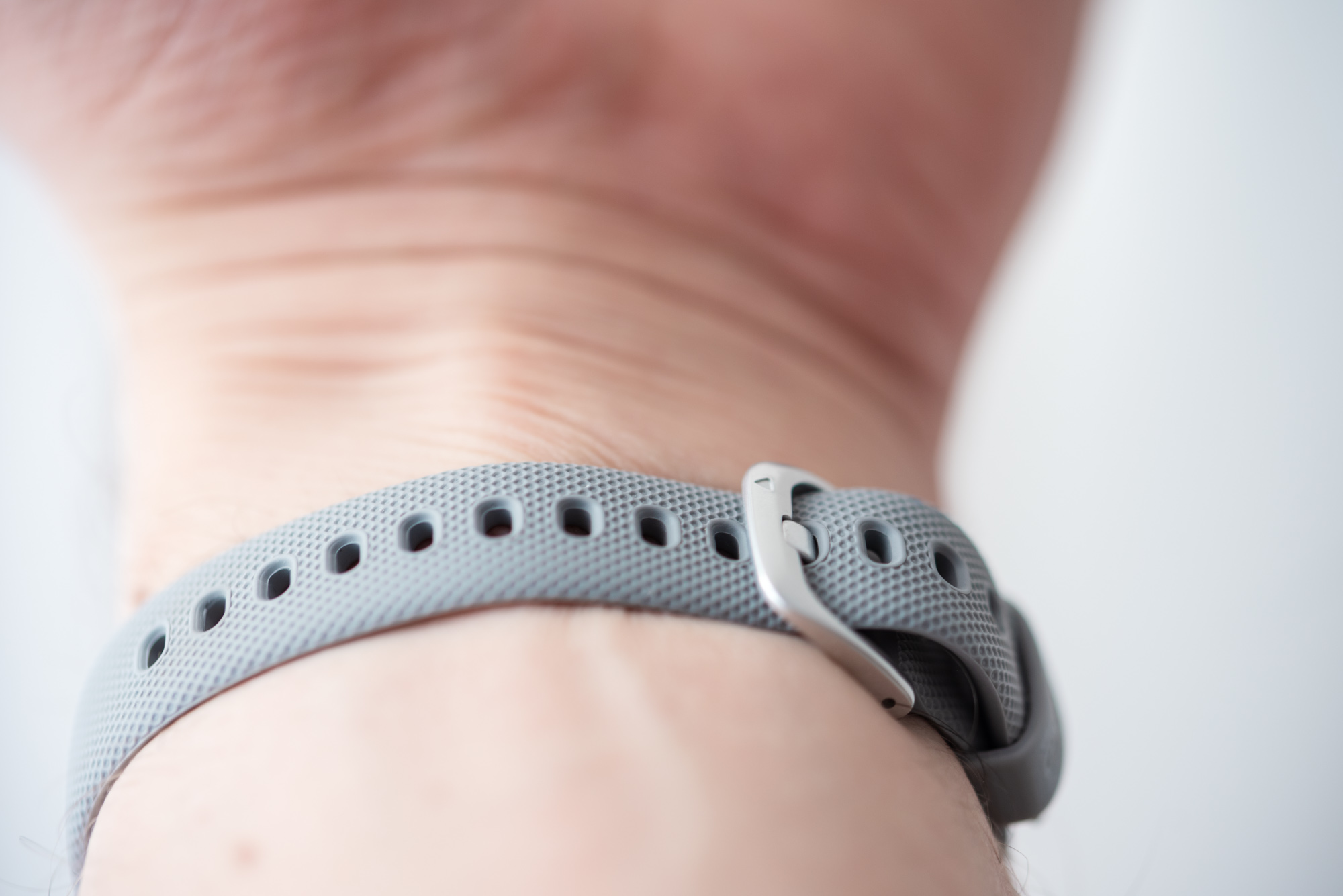
Speaking of sports - as befits a Garmin, despite the "smart" in the name, Vivosmart 4 is more a device focused on monitoring activity. What can this band do?
If you read the review of Garmin Vivosport by Piotr Barycki , then you know everything. Garmin Vivosmart 4 can do exactly the same, with just three differences:
- there is no built-in GPS,
- has a monochrome screen instead of a color one,
- has a pulse oximeter.
Due to the lack of built-in GPS, it also has fewer training profiles dedicated to runners. In Garmin Vivosport we measure cross-country and treadmill gears, while in Garmin Vivosmart 4 we only have one profile for gears. In the band menu you will find profiles to monitor:
- march
- Gear
- Strength training
- Cardio training
- bike
- Elliptical machine
- swimming
- Yogi
- stepper
- "Other" activities
The band can also, of course, recognize activity automatically thanks to the garmin Move IQ function. Unfortunately, it works just as badly as in the most expensive Phoenix 6 Pro, either by not recognizing the activity at all, or by mistaking the type of activity, or joining in at the wrong moment (e.g. 15 minutes after we started the march and registering only from that moment).
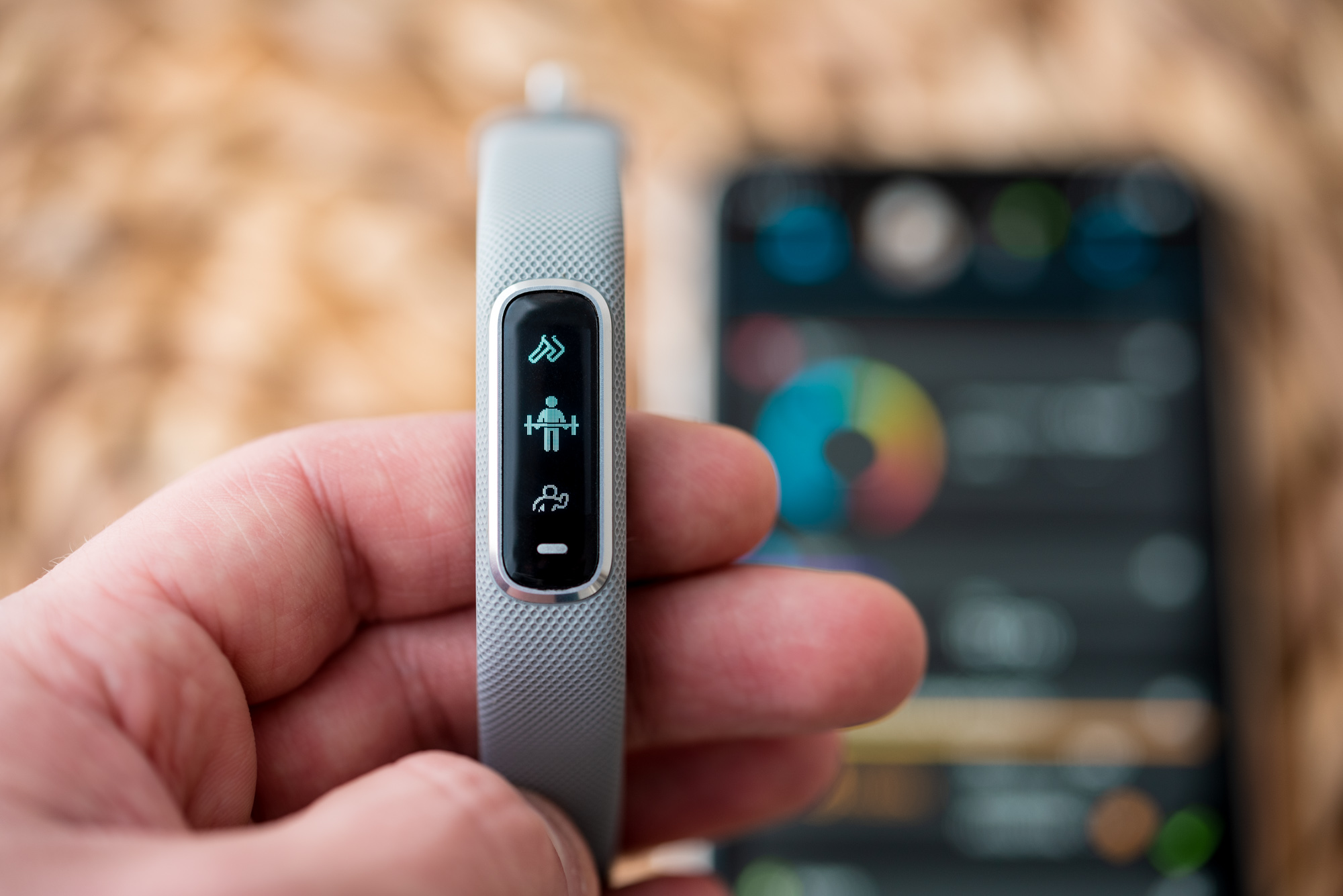
Finally, I disabled Move IQ, but I regularly used walking tracking and strength training. I will come back to marches, but when it comes to strength training, I am in a great shock at how well Vivosmart 4 did in the gym.
In fact, not counting the possibility of adding weight immediately after the end of the series, I did not feel much difference between Vivosmart 4 and Vivoactive 4 or Phoenix 6 Pro. The band does exactly the same - recognizes exercises, counts repetitions (with more or less accuracy) and measures the time between sets. You can also pre-program your training at Garmin Connect and just follow the band's directions.
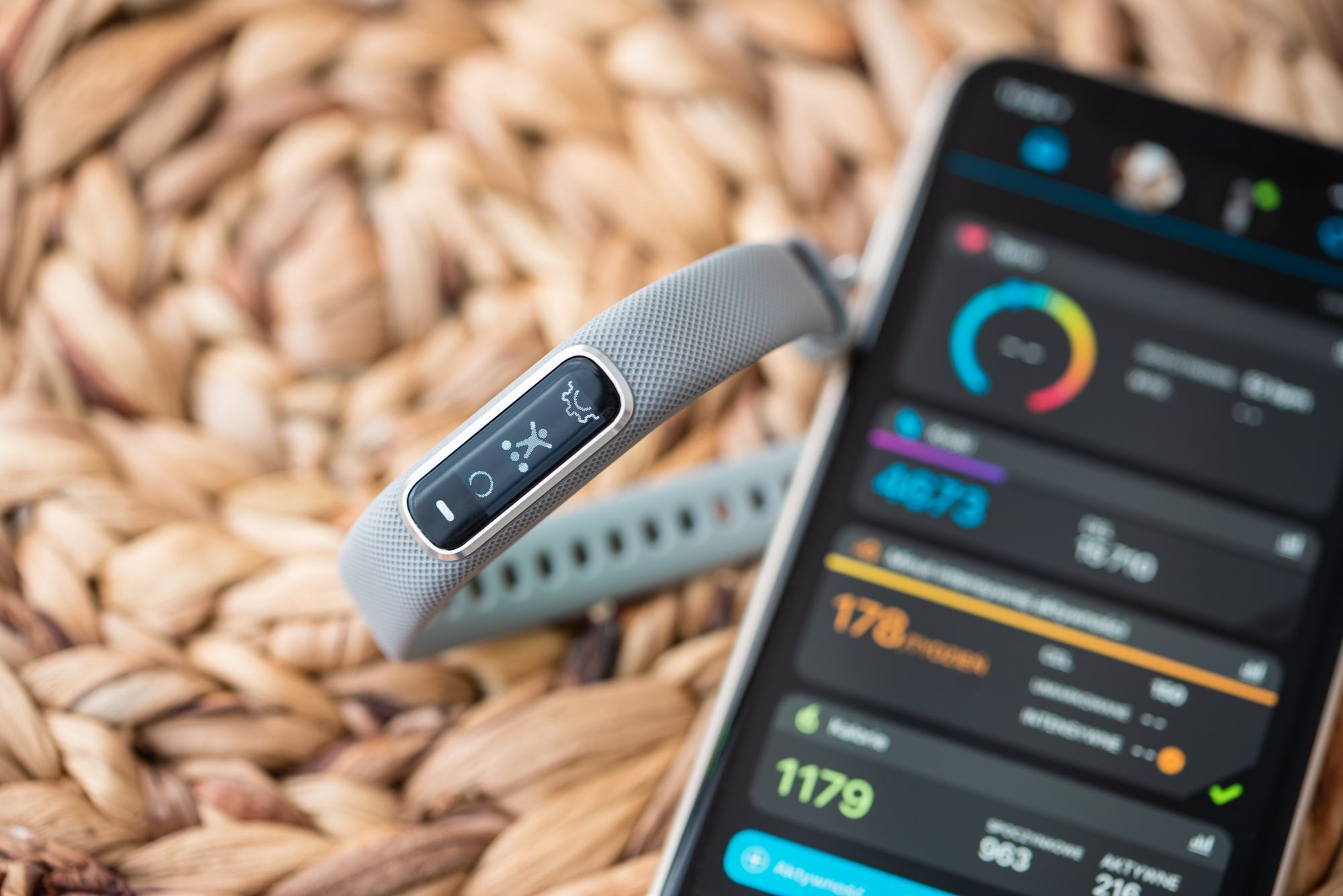
Vivosmart 4 is surprisingly good at reading your heart rate during strength training. I didn't notice any major delays or breaks in measurements - everything was exactly as it should.
For greater accuracy of measurements, you can connect ANT + accessories to the band, such as a belt with an HR sensor or a speed sensor for a bicycle. However, I have not tested this myself, so it is difficult for me to say how well the band works in such a combination.
Since the Garmin Vivosmart 4 is equipped with a pulse oximeter, it can measure blood oxygen levels and give the result as a percentage of SpO2.
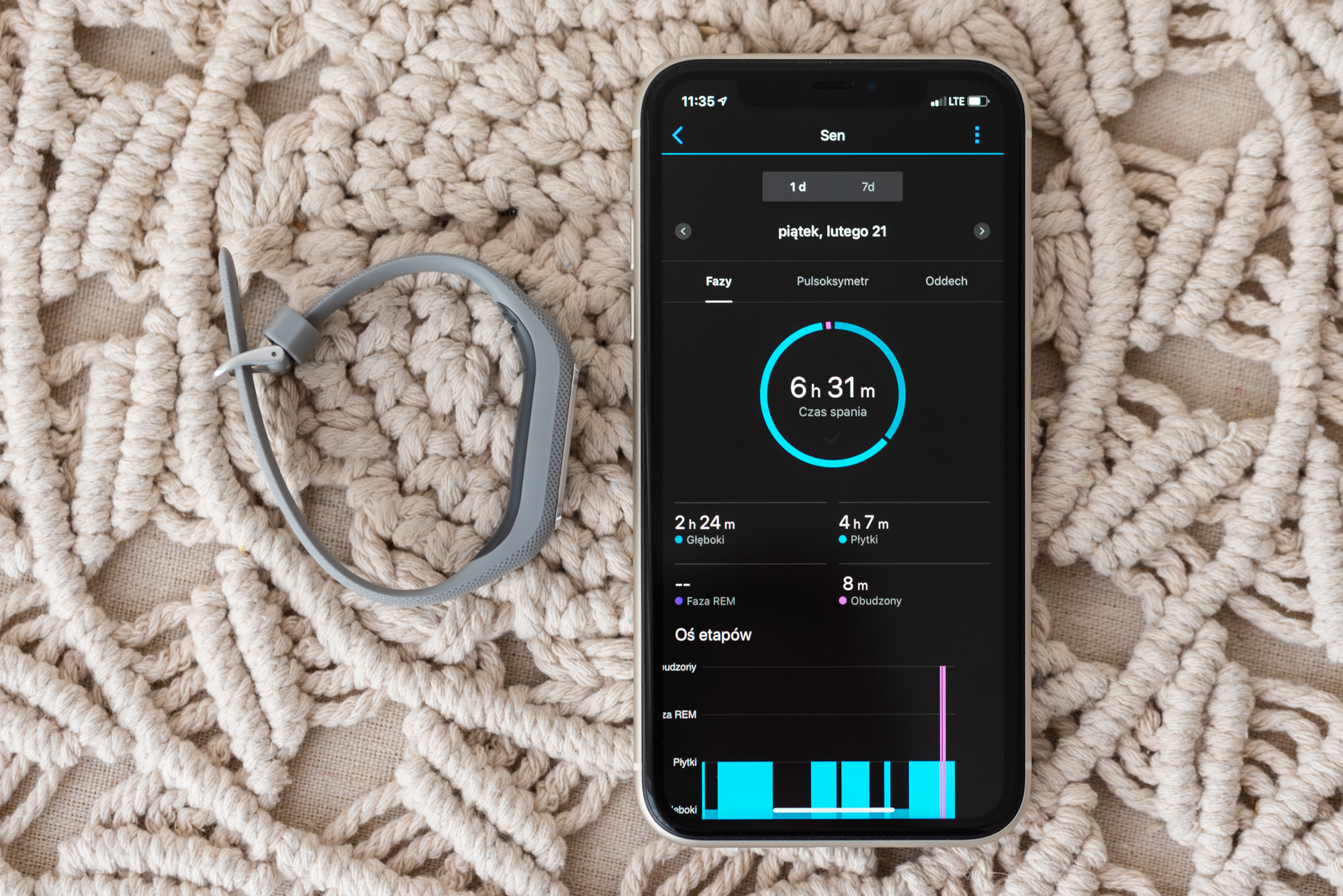
Garmin Vivosmart 4 can also use the pulse oximeter to measure blood oxygen levels while you sleep, but to tell the truth ... I don't know what this knowledge could be useful for. Just like I don't know what I could use sleep measurements for.
During the tests, Garmin measured my sleep with great accuracy. He read the moments well when, for example, I got up in the middle of the night to close the window in the other room because the wind was blowing. He recognized almost perfectly when I fell asleep and when I woke up.
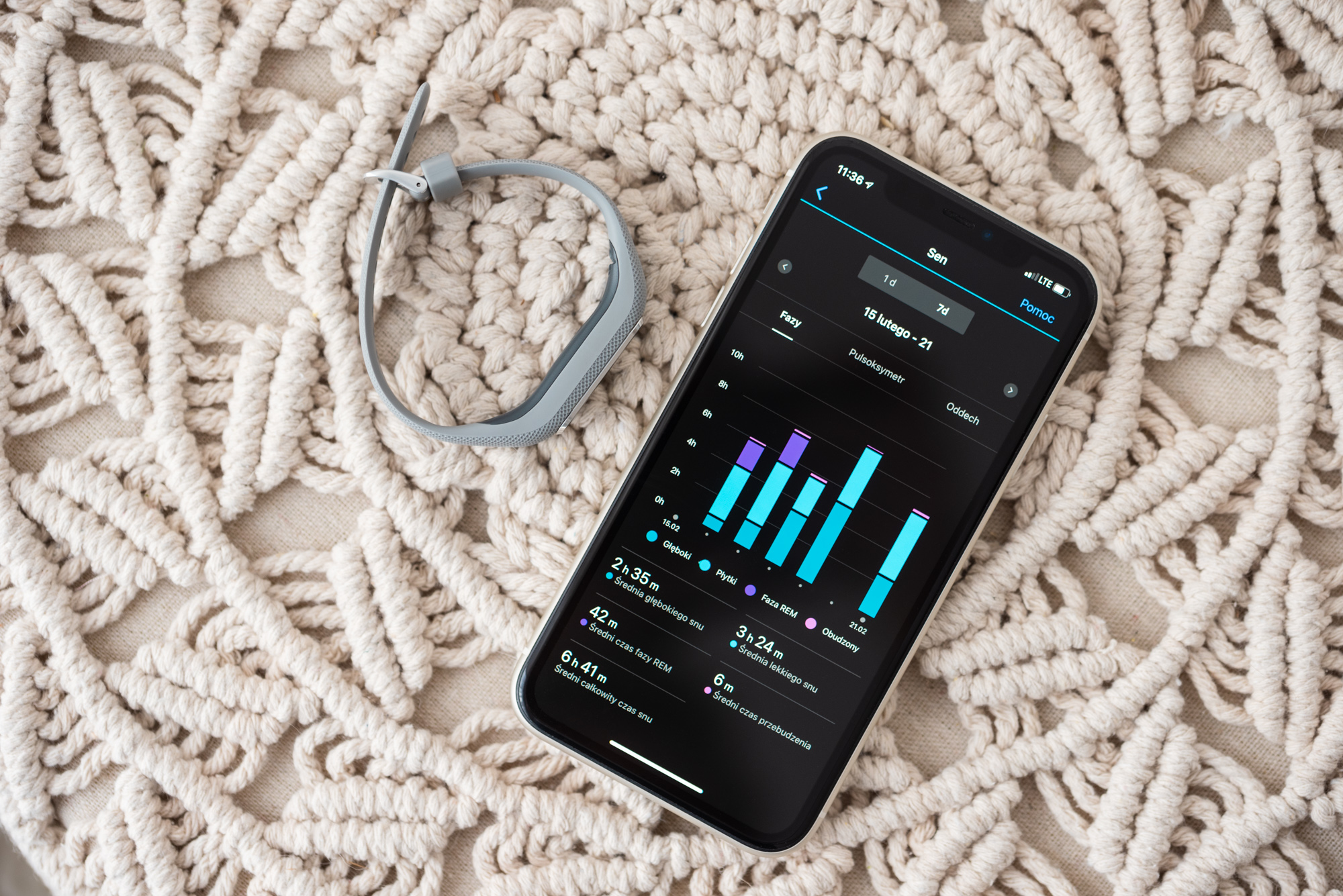
The trouble is that I have no idea what I could do with a beautifully prepared chart, and the Garmin Connect app also doesn't analyze the data in any way, and doesn't suggest what they mean. So while Garmin Vivosmart 4 is so intrusive that you can sleep with it, I personally do not understand why I should do it.
Similarly, stress monitoring known from more expensive Garmin models is of little use. Yes, the band measures your daily stress level, similarly to the Body Battery parameter known from the Vivoactive 4 and Venu.
But what would I do with this knowledge - I have no idea.
Fortunately, for the rest of the day, Garmin Vivosmart 4 is extremely useful.
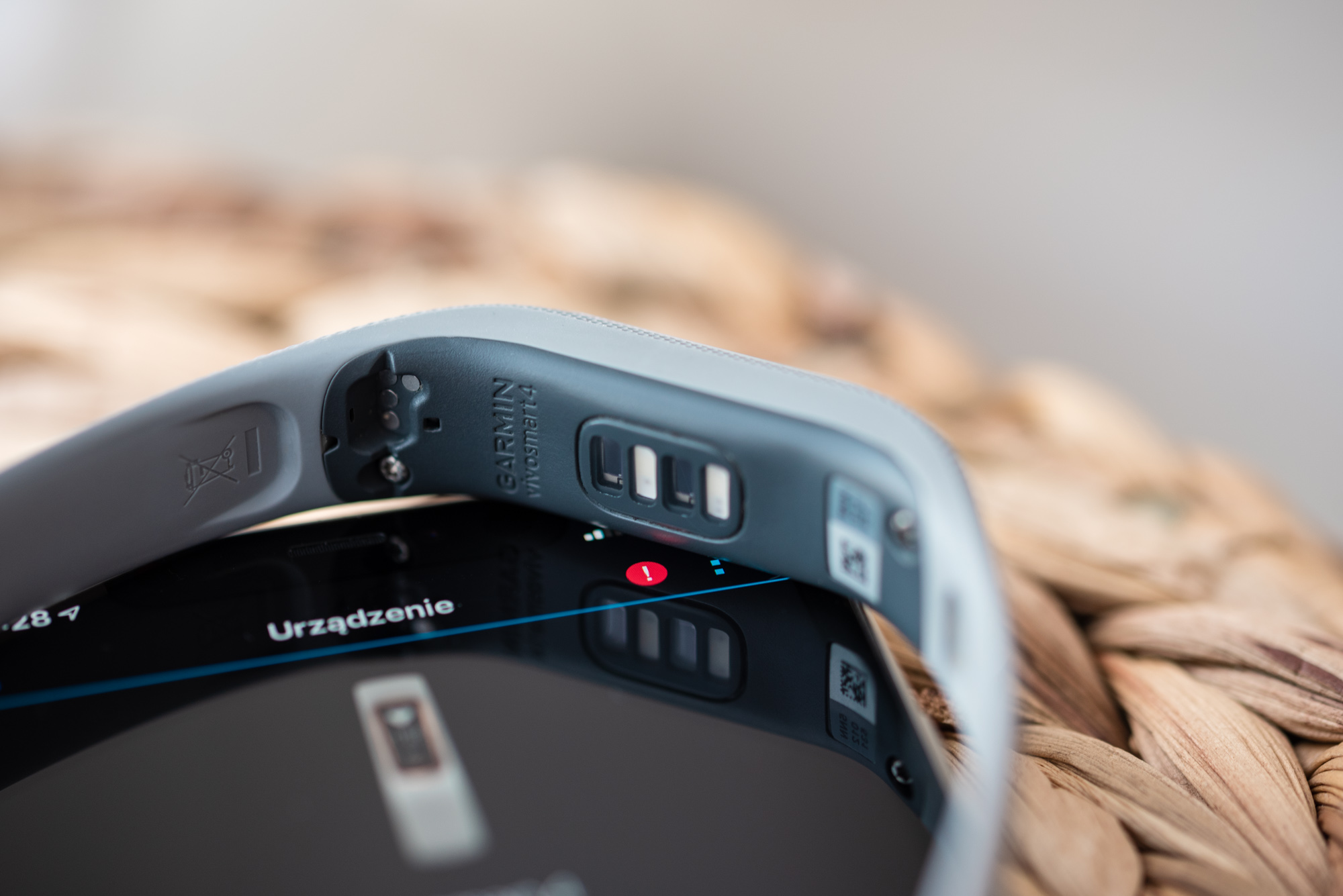
Apart from sports measurements, it's simply a very good companion for a smartphone. It vibrates when a notification comes on the phone (although it does not allow you to reply, because it is not very how to do it on such a small screen). It also has several built-in smart functions, such as weather, timer, stopwatch, calendar and alarm clock. Allows you to control the playback of music from your phone. He measures the steps and can inform us when our heart rate for some reason becomes disturbingly high.
So we have a set of absolutely the most basic functions, which are, in fact, the functions we need the most and most often. The fact there are no goodies here, but after spending a lot of time with the larger Garmin watches I know that we don't use most goodies anyway.

It is also nice that the band is waterproof and shockproof. I did not mingle with her at all, and from the very quality of workmanship I conclude that Garmin Vivosmart 4 will be able to bear incomparably more than e.g. Xiaomi Mi Band 4.
However, when it comes to working time, Xiaomi wins with its 3 weeks. We'll charge the Garmina Vivosmart 4 at least once a week. In my case, with regular activity measurements, I charged the band once every 4-5 days. A good result, but it could be better, especially since the OLED display is tiny (128 x 48 px) and does not consume much energy.
What can't Garmin Vivosmart 4 do?
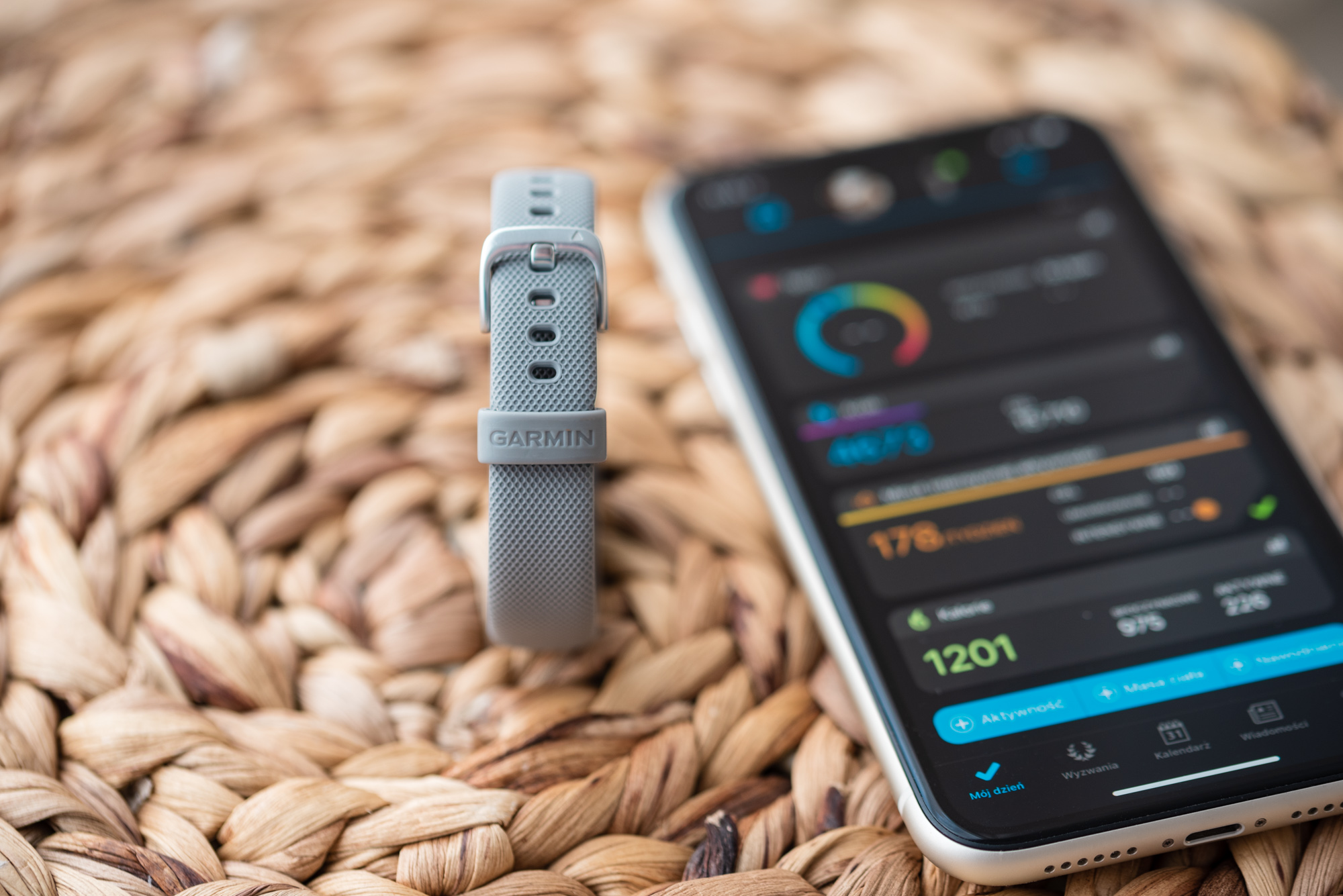
Let's start with the sports aspects. As I mentioned, Garmin Vivosmart 4 does not have a built-in GPS module. This means that you won't go for a run without a phone if you want to save the route and the exact distance traveled. At most, the band will give us an estimated distance based on the accelerometer database.
When we have a phone at hand, the band downloads GPS data from it. The snag is that - at least on my copy - the band had huge problems with downloading this data. Very often, I saw the message that GPS data could not be obtained, although the Garmin Connect app was granted all permissions on iOS. Often, she also disconnected from the GPS from a smartphone while monitoring the walk.
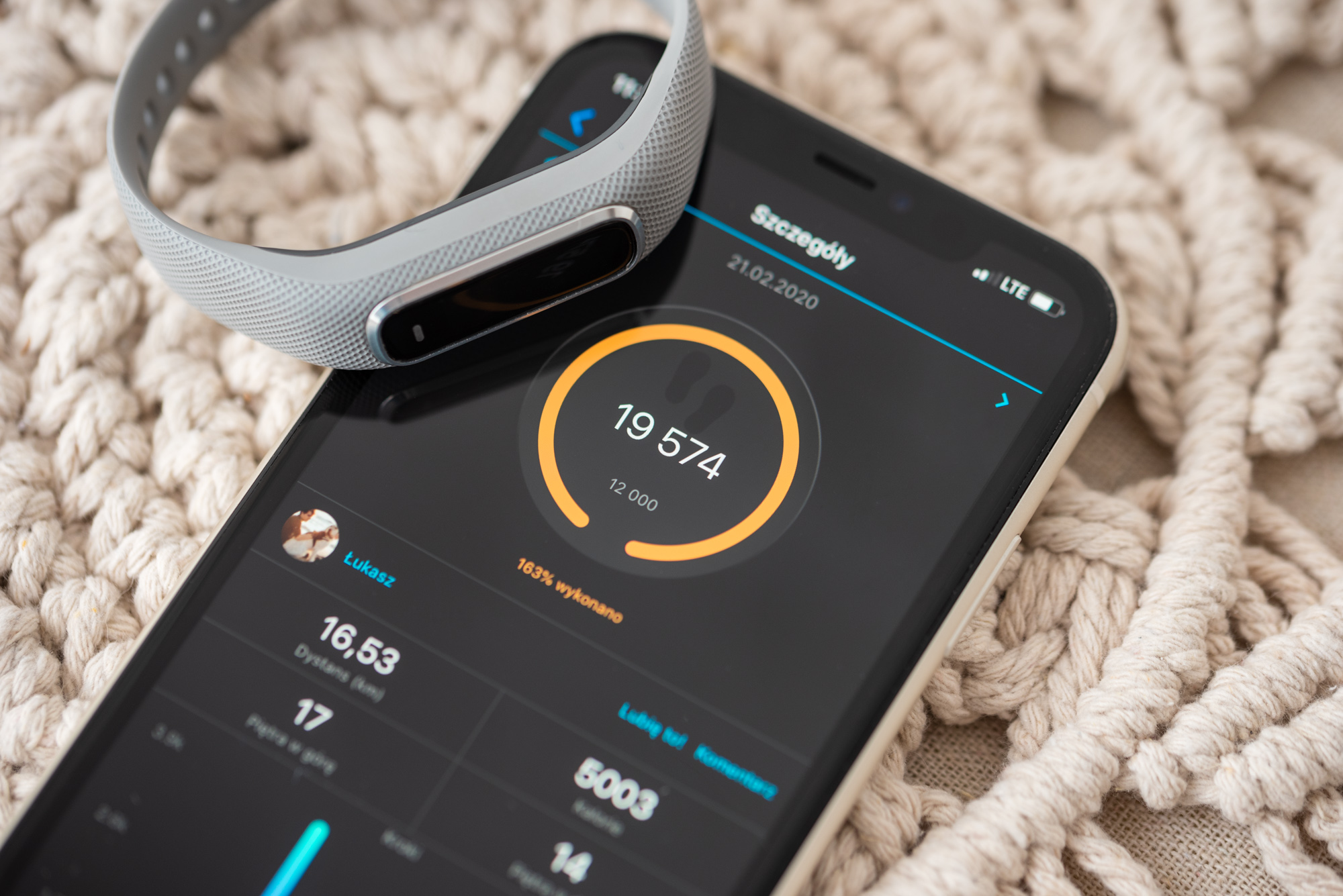
When it comes to smart features, the Garmin Vivosmart 4 can't do much.
The fact that what he can do is sufficient in 90 percent. cases. It is a pity, for example, that we cannot pay with the armband - this was what I missed the most compared to the company's more expensive watches.
Trying to bite through the menu or read the notifications also causes us considerable problems. The screen of the band is very, very narrow, so the content simply does not fit.
Xiaomi e.g. bypassed this problem by displaying all subtitles with a miniature font. Garmin, in turn, focused on scrolling content, which unfortunately often turns out to be too slow and illegible. Not to mention the fact that before using the band for the first time, it is good to delve into the user manual - without a legend we will not guess what half of the icons in the menu are for.
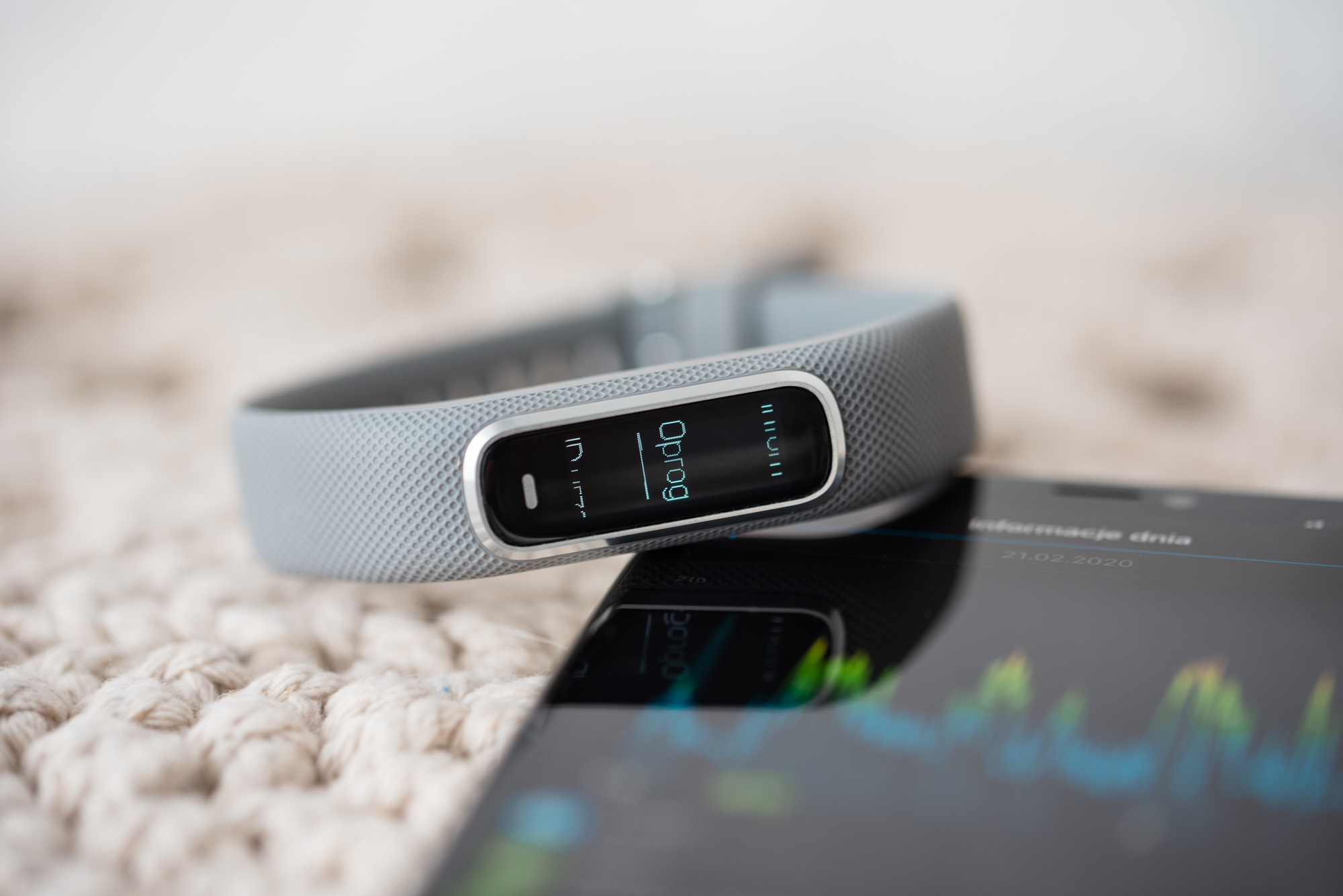
Staying on the subject of things that Vivosmart 4 can not ... well, like the wearable device that we wear instead of the watch, the band is terrible at giving time.
Garmin Vivosmart 4 does not offer always-on mode, so to view the time, we have two options: either it happens automatically when you raise your wrist (unfortunately it works poorly), or you can touch the capacitive button under the screen to wake up the screen. And it also, unfortunately, works poorly.
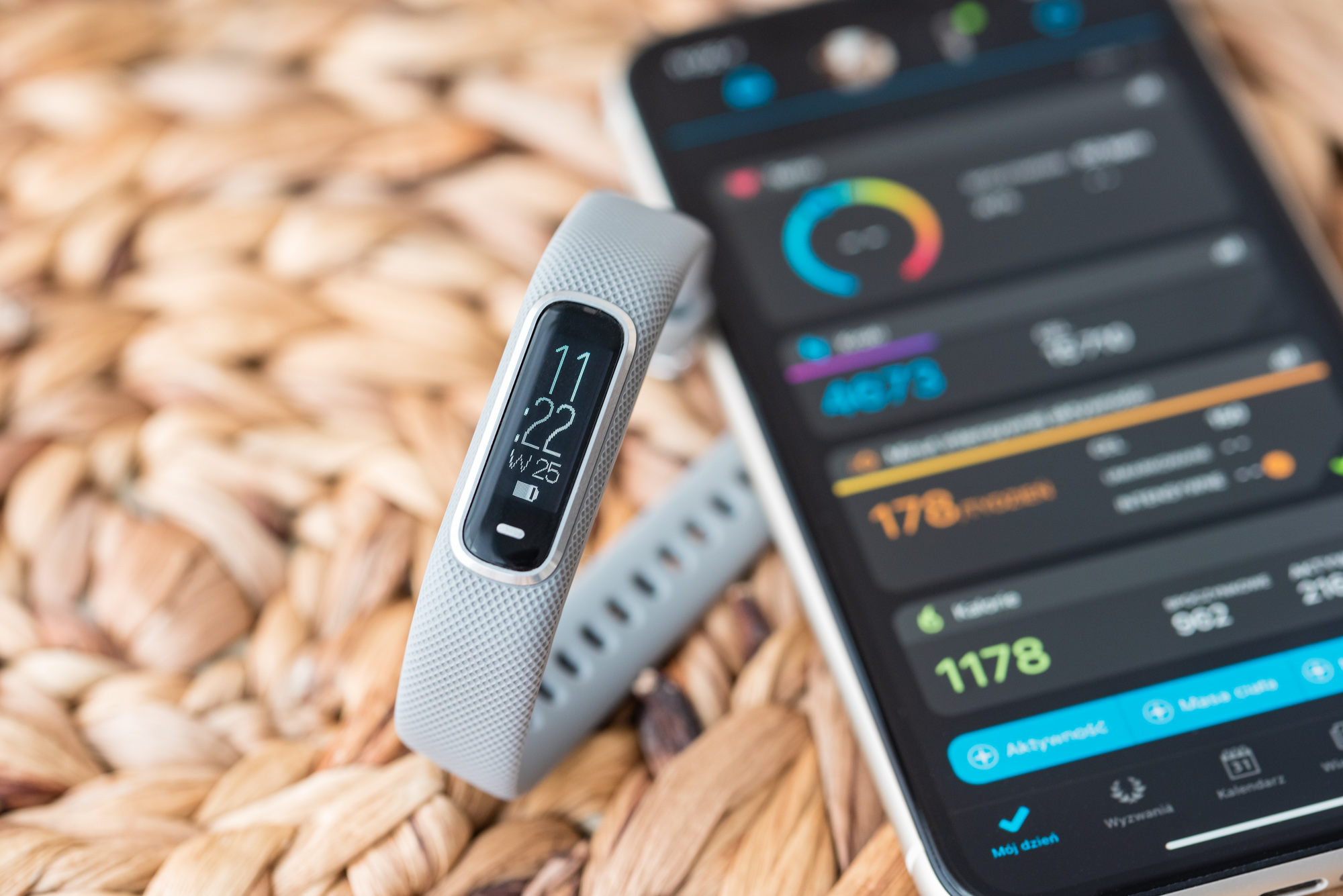
I will not count how many times during the walk I wanted to quickly see the time, and here the gesture of lifting does not wake up the screen, and tapping the button does nothing. It was extremely frustrating at times when I hit the button under the screen again and again and nothing happened.
Menu navigation itself is also an endless story of a misread touch. You have to work hard not to accidentally touch or close anything.
I would buy this armband right away. If not for one problem.
You can live with everything that I described above. I personally planned to buy the band as an addition to a traditional watch, so even the issue of waking up the screen would not be overly problematic.
Unfortunately, the issue of connecting the band with a smartphone is problematic. And from what I read on the Garmin user forum, my copy was not a lonely case.
The band notoriously disconnected from the Garmin Connect application, both on the iPhone 11 and on the smartphone with Android 10.
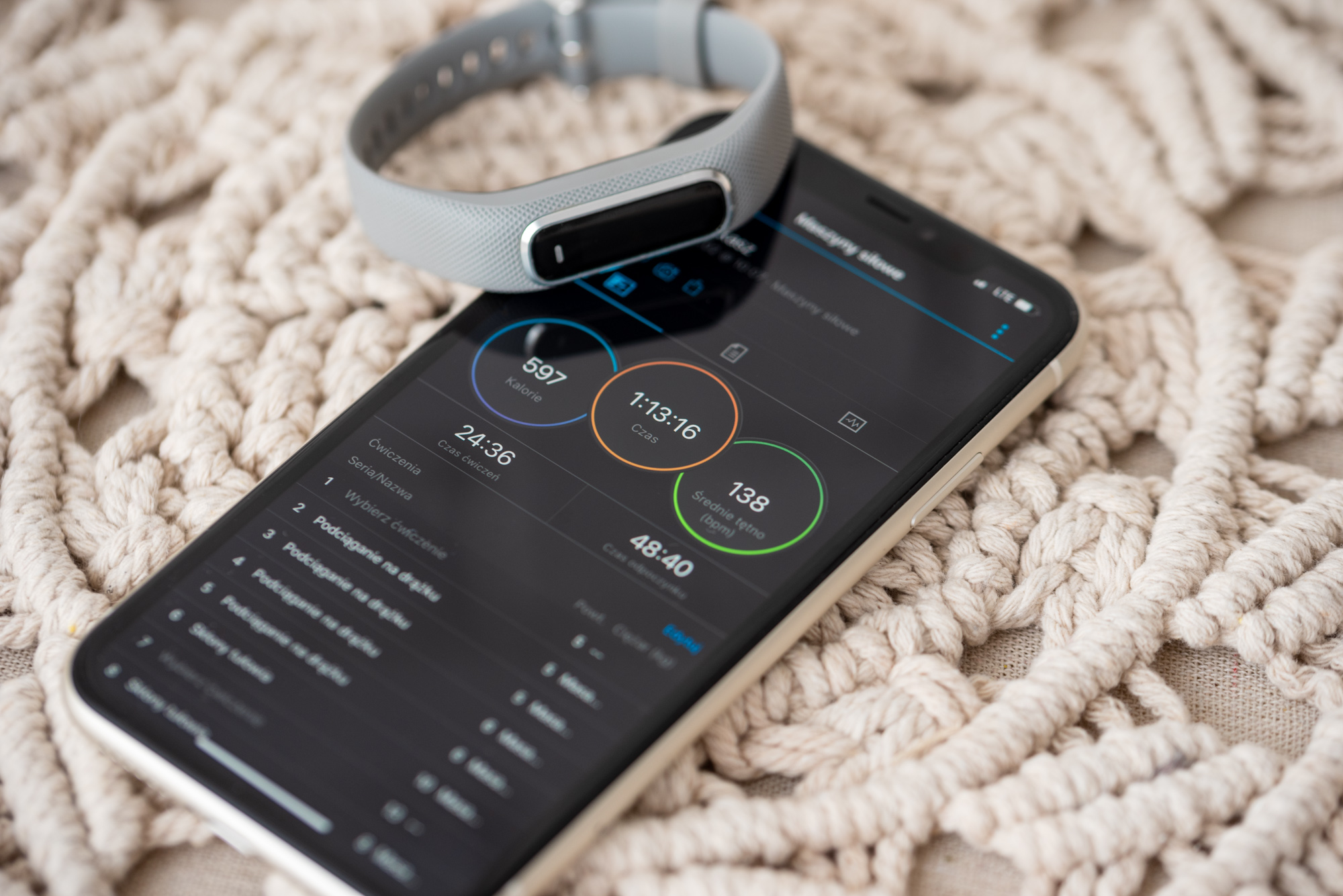
Many users report a problem with the wristband disconnecting or with phone synchronization problems. The worst thing is that the band does not inform in any way about the lack of connection - after all, the Bluetooth connection still exists, but due to the fact that notifications go through the Garmin application, they do not reach the band.
Several times I missed a phone call and many messages just because I didn't notice that the band disconnected from Garmin Connect.
However, it cannot be ruled out that this is a software issue and the band software used is enough to make everything work as it should. At the time of testing, however, there were problems, and judging by the recent entries on the Garmin Forums, the situation has not changed yet.
And that's basically the only snag that discouraged me from putting money on the table. If it wasn't for notorious connectivity problems, Garmin Vivosmart 4 would stay with me permanently.
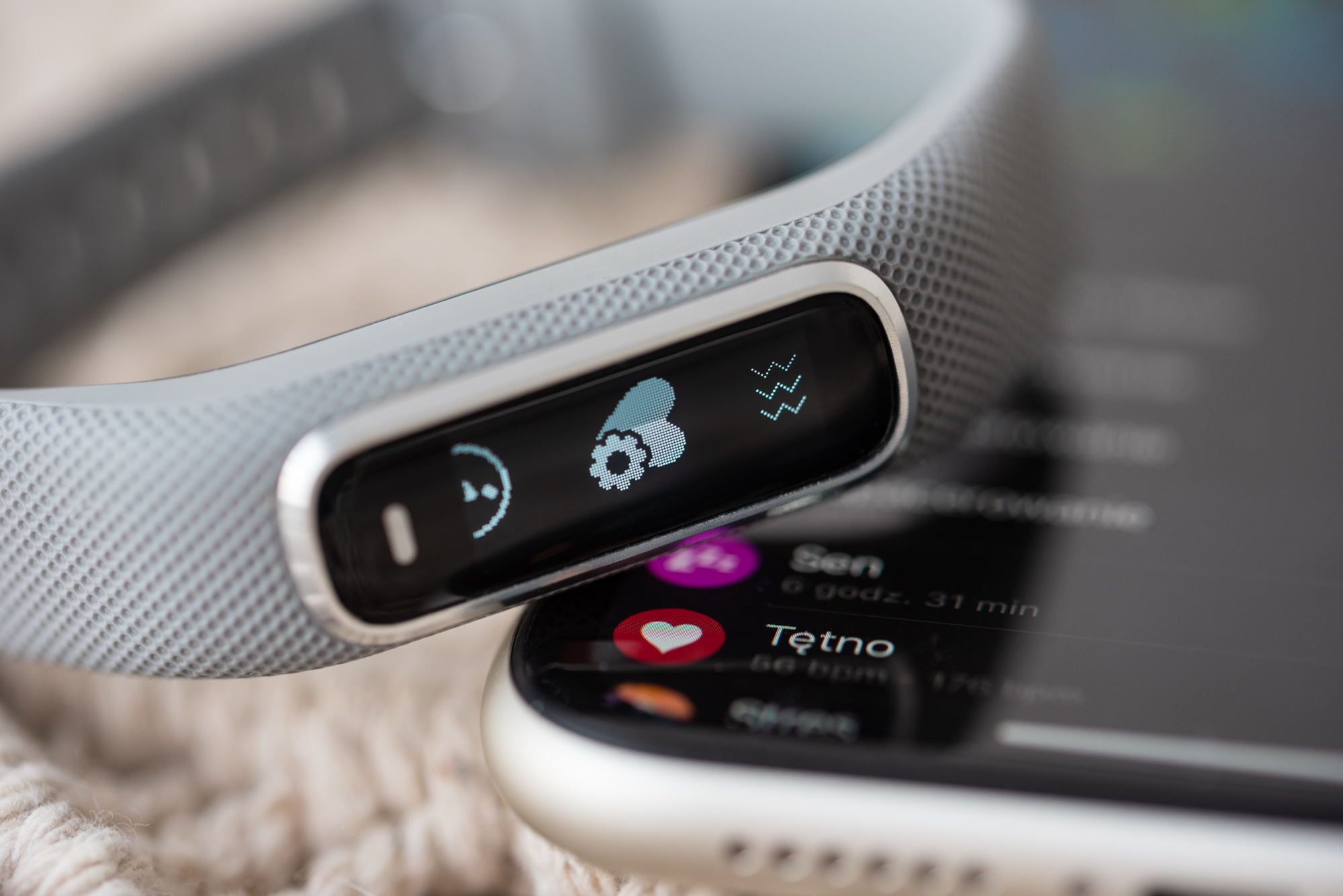
It does at least 90 percent what I expect from a smart device on my wrist. It notifies you, measures activity and you don't have to load it every day.
Of course, it lacks the beauty of traditional watches, and even smart watches like Vivoactive 4 or Phoenix 6, but it can't be denied some charm. And 100 percent looks much better than cheap Xiaomi or Huaweia wristbands.
Assuming that Garmin is able to deal with problems with the band's connectivity - I can honestly recommend it to anyone who does not need an independent GPS. Then you will buy Garmina Vivosport.
I would buy this wristband if it wasn't for one important problem. Garmin Vivosmart 4 - review
Comments
Post a Comment